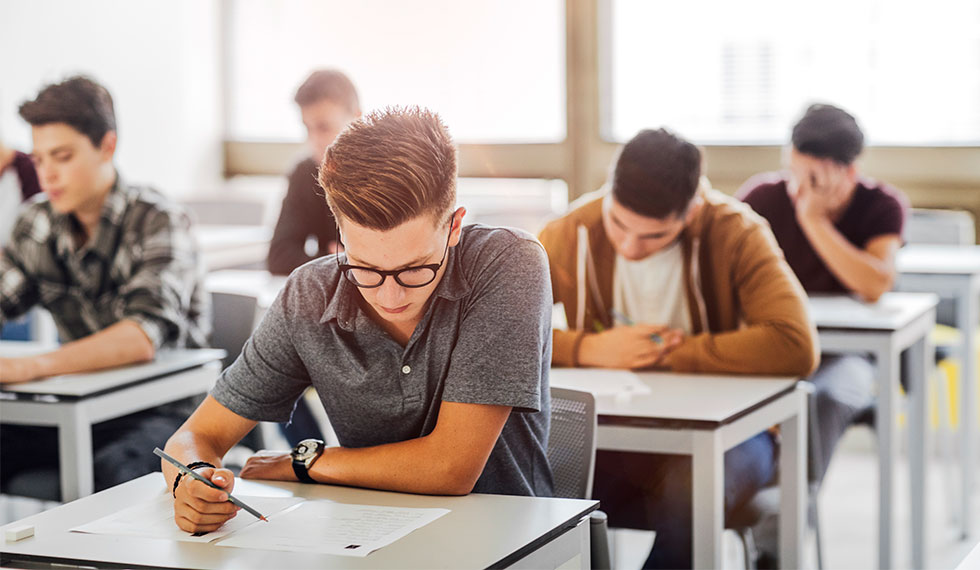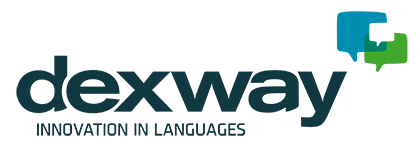How blended learning can be dramatically useful for younger students. Many are the benefits of evolving and adapting to better ways of performing. In any field. And education is not an exception. The importance that e-learning has for younger students makes it, without a doubt, one of the most popular ways of education nowadays. Of course, it not only benefits people at school but also in the office or their own houses. Everyone has cut their slice of pie from the revolution of digital education. That’s what it is about.
Are younger students, just better with e-learning?
The role that blended learning plays at younger ages seems to be of the most interesting. Human beings are creative. It is in our nature. And thus, much like with newborns, we retain information better, and longer, when we can see it and interact directly. It is crucial for the development of brain cell connections and the overall development of the kid. And it should remain that way throughout the education process.

That’s the relevance or importance that blended learning has in younger students. Breaking rapport with traditional boring methods that spark no interest at all in ourselves, and make education easy by letting students (and teachers) interact directly with it.
But where exactly can we confirm the importance of blended learning in younger students? Very simple. For instance, when comparing two children, we often realize that the child who watches a video as a lesson has a longer-lasting and clearer image of the scenario, rather than that of the child who only saw a picture of the very same object. Or even worst: read a text. This is because, through a video, kids amongst the first kind can train their visual memory. In younger students, this positive impact is further exploited, as at younger ages brain cells are developing and connecting at a much faster rate than adults. Thus, e-learning helps younger students drastically in improving their knowledge attention span overall. Of course, another clear benefit is the development of hand-to-eye coordination. These skills help them to form clearer images and improve their capabilities of having a problem-solving mentality.
Blended learning software uses bright colors, text, and images that guarantee an increase in the engagement of learners. Ultimately, students are more motivated and eager to learn when they see an interactive screen in comparison to a traditional black and white textbook. B-learning platforms provide a wide range of multimedia tools, which help both students and teachers to communicate with one another easily, gaining instant feedback and having better insights.
Global education access
We should also take into account the fact that, unfortunately, not everyone has thorough access to education. Or is it the case? Nowadays, e-learning makes education highly accessible on a global scale. No matter the location. This is one of the most valuable points of the ongoing electronic education revolution. And as much as we are eager to see e-learning implemented in all schools at all levels, the reality is that many self-taught students take the many advantages that e-learning has to offer. No wonder why such a renowned school like Harvard University (and many more) have a variety of free online courses. Making education available to almost anyone around the globe. B-learning focuses mainly on: high-quality education at your own pace and place.
Building a community: The importance of blended learning and younger student
It is common that when we learn something new we feel the need to share it with others as well. This is the ultimate education purpose: knowledge sharing. The beauty of the blended learning experience is that it often provides students a safe space to interact, gain direct feedback, and complement each other’s findings on the same topic. You have the power of encouraging others by sharing what you have learned. All this can help to generate an idea or project and develop it in a way that can bring a change to your community.
Repetition, repetition and repetition
Unlimited access to classes, content, webinars and much more. Traditionally, when we are taught, if we do not retain the information or put it into practice, the reality ends up being ourselves preparing on our own at home. In eLearning, you can attend the lectures whenever you can. Whenever you want. And if you fail or didn’t understand it all, you can always rewatch the class or retake the tests.
Highly accessible lessons for younger students
B-Learning, or blended learning, is a way to provide quick delivery of lessons. As compared to the traditional classroom teaching method, this mode has relatively quick delivery cycles. This indicates that the time required to learn is reduced to between 30% and 50% of what is required in traditional learning. Some of the main reasons why the e-learning curve is much more dynamic towards younger students can be:
- Lessons start quickly and also wrapped up in a single learning session. This enables training programs to easily roll out within a few weeks, or sometimes even days.
- Students have the option of choosing whether to follow up with the group rhythm or learn at their own specific pace.
- The convenience of not having to leave your space, or go to school, takes advantage of the comfort of your place, leaving you more relaxed and predisposed to learn. Instead of being a task that you are obliged to do. It is an activity that students want to do.
Blended learning reduces costs
Compared to traditional forms of learning, e-learning is a more cost-productive way of education. Much like that of a blended learning approach. The main reason being its quick and easy accessibility. A lot of training time is reduced concerning trainers, travel, course materials, and accommodation. Also, when you are studying at your place, you don’t necessarily have to spend money to get to classes. It’s right there.
Eco-Friendly
Because b-learning is a paperless way of learning and protects the environment to a certain extent, younger students are more interested in instant, accessible, mobile information instead of the ‘old way’ we have been educating each other. A study done on eLearning courses concluded that distance-based learning programs consumed around 90% less power and generated 85% less amount of CO2 emissions as compared to traditional campus-based educational courses. With blended or e-learning, everything is faster, smarter, more interactive and; best of all, eco-friendly.
We’re inevitably ongoing a paradigm shift regarding education. And the conclusion is that there are far more benefits to this approach compared to the old and traditional way of pursuing education. The importance of e-learning in younger students is paramount, to further enhance and motivate students’ ambition and desire to engage with the learning process.
Dexway In Person, the e-learning method for classrooms
Dexway’s Face-to-Face (In Person) method for secondary school, pre-university and university allows schedules to be programmed to accompany students during their course. In addition, teachers can choose to set lessons as “Blackboard” in the classroom, or “Homework”, “Review” and “Test” for home. They also include artificial intelligence functions such as virtual tutor, writing and speaking tasks or final tests which include writing and speaking tasks with AI evaluation (optional online proctoring).
You may also like:

